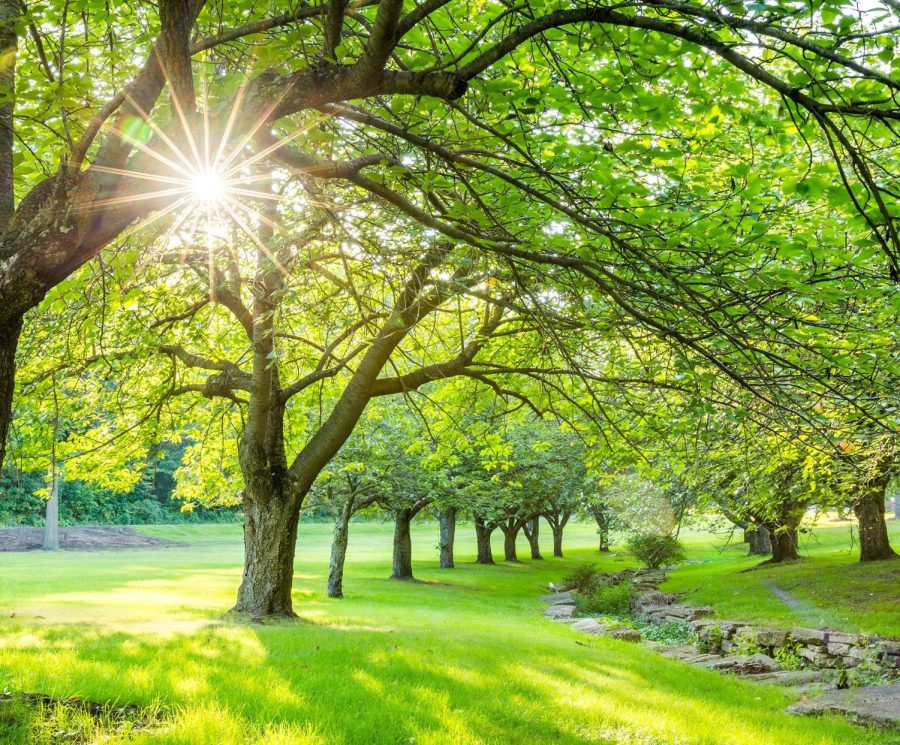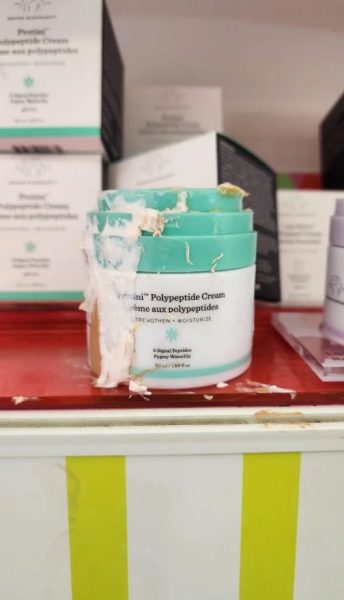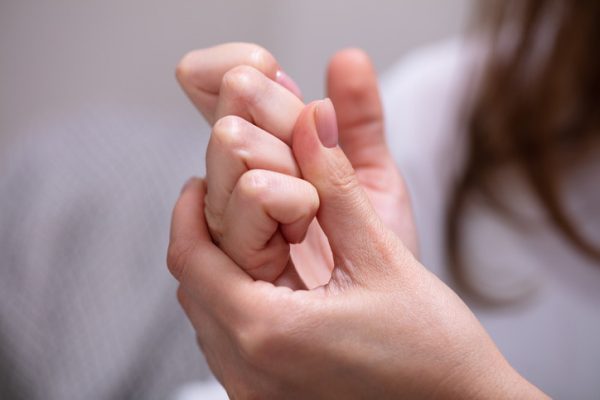Summer Weather Shift
May 17, 2023
Aren’t you glad that it’s almost summer? I sure am. I’m glad everyone’s hard work this year will pay off in a hopefully relaxing summer. What comes with this change from school to summer is a weather change. Not only does it get much hotter, but it also storms too. We have already seen this with many days of rain.
What does that rain mean? The rain that happens in Colorado when summer begins is normal, it’s like the substitute for snow. Wanderlog.com describes that the average chance of rain in July is 43%. This is compared to 11% in January. What goes along with this rain are thunderstorms. These also tend to happen when it rains in the summer, and it’s also common. Most people, especially if you live in Denver, love when it rains. Although, rain can cause flooding and property damage if in large amounts. Luckily this happens much less in Colorado than in other states.
One of the most infamous things about summer is the hot temperatures and the lushness. The temperatures in summer allow for a lot of time outside, whether it’s at a pool or just relaxing. Despite this, these temperatures cause droughts. A drought is a long period of low rainfall and/or high heat, leading to a shortage of water. Colorado has had multiple droughts in the past. The hot temperatures also could cause heat stroke, which is when the body can no longer control its temperature and is unable to cool down.
You may remember when you were younger being forced to put on sunscreen, and there is a reason. The summer season means the UV from the sun increases. UV rays are a form of radiation that is emitted by the sun (and some other sources) and is what causes sunburns. Sunburns are bad, they not only cause discomfort but can cause skin cancer. And as you can probably tell, skin cancer is not great.
Although the summer weather can have a negative effect, most people look forward to it.











